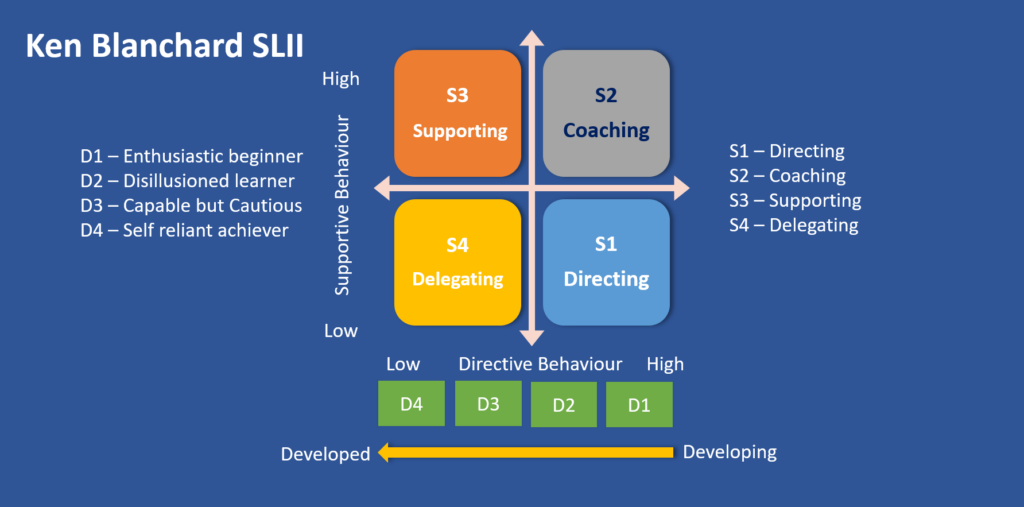Should we go with agile or waterfall or hybrid is the major decision one should make before getting into detailed planning. There are construction projects which got great benefits by following agile during the engineering phases, which facilitated concurrent engineering by distributed teams. While that is the case with project management strategies / approach, project execution strategies are also equally important. For example, I know a construction project which could meet their tight deadline because they decided to go with pre-fabricated components in the project. Project strategies can also revolve around make or buy decisions, various contracting types, technologies used etc…
While the factors to be considered for developing the project’s strategy / approach are multidimensional , the rest of this article will discuss about the various project management strategies that can be adopted for successful execution of projects.
When to go with predictive or waterfall?
- If the scope is very clear (Construction projects)
- If the technology is well known
- If the engineering discipline do not allow for change
- If the contract type is fixed price, fixed duration
When to go with Agile?
- If the scope is evolving
- If the technology is new to the team
- If the engineering discipline allows for change (Information technology, Engineering phase)
When to go with Hybrid?
- When the team is moving from Waterfall to Agile
- When some phases are ideal for agile and some phases are ideal for waterfall, within the same project some phases can follow agile where as some phases will follow waterfall (predictive) style. For example, in a construction project, the architecture, approvals, engineering, procurement, snags, punch lists are potential candidates for agile where as the actual construction phase will benefit by following predictive approaches.
- Even in a predominantly predictive project management approach, adopting some of the agile ceremonies like daily meetings, short term planning, burn down charts etc can improve productivity.
Good project approaches / strategy will play a major role in meeting the timelines within cost with quality.

